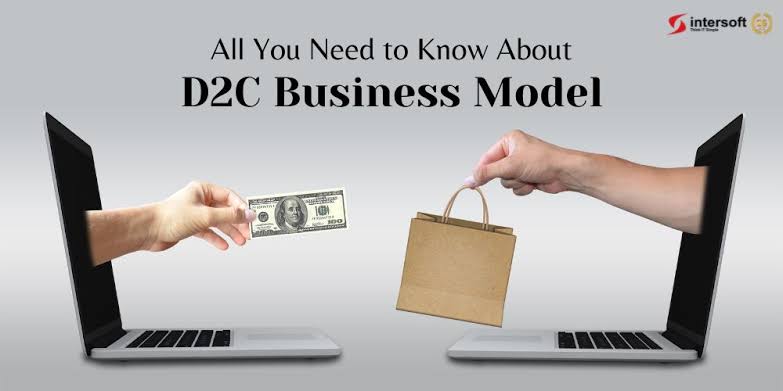Direct to Consumer Business models have done a lot to transform how firms enter markets and interact with customers. The direct selling method eliminates the involvement of the distribution channels, hence allowing organizations to implement direct selling as a way of getting closer to consumers. Here are some of the benefits that customers can derive from choosing a D2C business model:
1. Brand control power:
First and foremost, D2C increases brand control power by leaving the management of the brand’s message to the company itself. This control enables brands to establish a good and engaging narrative, particularly one that is underpinned by the goals of the brand and the specific demographic group of consumers that they are targeting.
2. Consumer behaviour:
Another major advantage of the D2C model is also about customers and more specifically, the wealth of data a company can gather. In this context, it is crucial to note that the understanding of consumer behaviour obtained through traditional retailing retailers is often rather limited.
3. Data collection and analysis:
By engaging customers directly through D2C, brands can obtain first-hand information, which will help brands to understand their customers fully, their spending habits, and their feedback regarding their products without interference from middlemen. Knowledge of these insights is important when pursuing decisions relating to design, positioning and promotion, and the enhancement of customer experience.
4. Ability to cut costs:
Yet another advantage of the D2C model is the ability to cut various costs, including overhead costs. The need for middlemen is not necessary in this model where brands gain better control over their operations hence; they can be able to cut on their operating costs and therefore be able to offer their products for cheaper prices.
5. Adaption:
Several other benefits come with D2C, including the fact that it allows brands to adapt to the market or consumer needs quickly. The traditional retailing frameworks also define a long logistics chain that takes time to move products between manufacturers and stores.
6. Direct contact:
Furthermore, the D2C puts the brand in direct contact with the consumer, reducing the reliance on intermediaries. It means that clients are easily reachable, and this establishes good relationships between the two parties in terms of consumption marketing as well as addressing grievances. Improved customer characteristics foster better rapport between the customers and the brand, as the consumers have a better feeling that the brand cares for their needs.
7. Enhanced margins:
Another benefit is the possible enhanced margins given the simplicity of value-based plans that allow providers and patients to focus on outcomes. Direct selling means that the complete amount is collected from consumers and not part of it is given to the retailers.
Other benefits:
The possibility of a testing and experimenting ground. New products and services can be tested, packaging and marketing concepts can be piloted, and new themes can be experienced before they are introduced to the large market fully.
However, D2C strategy is also an important factor forced by customer behavior and demands but an effective and efficient supply chain is needed. That is why omnichannel integration steps into the stage here.
Conclusion:
In conclusion, the eliminating intermediaries to consumer strategy has significant benefits for conventional brand management, obtaining a rich source of customer information, gaining more control over marketing expenditures, and the potential to adapt quickly to market circumstances. Lastly, omnichannel integration benefits the branding process through the enhancement of key operations and ultimately, the satisfaction of customer expectations across channels. As the retail spaces mature, handling the complexity of omnichannel landscapes to sponsor the D2C concepts is expected to remain highly significant for brands desiring to succeed in the latter.





